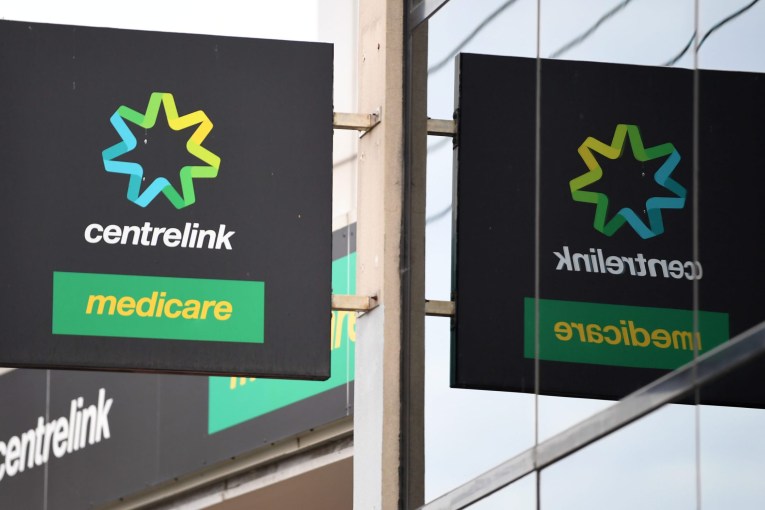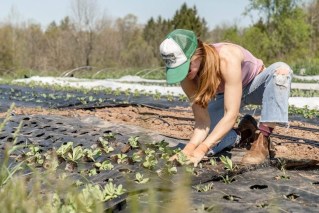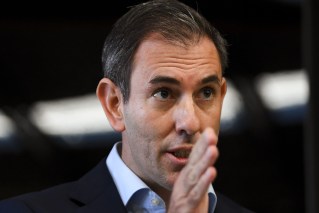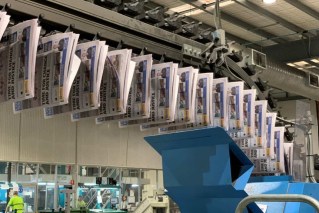Suncorp takes the crown as Queensland funds swim against the tide
Queensland-based superannuation funds have been among the best performers nationally with Suncorp’s multi-manager growth option taking the best performer prize by Chant West.


Chant West said funds had performed strongly since Covid
An overall downturn in the retirement savings for Australians was blamed on “a few weeks in February and March” that carved billions of dollars off investments.
The better-performing funds over the year were generally those that had lower allocations to Australian shares and higher allocations to international shares and bonds.
Funds would also have benefited from having low exposure to listed property and listed infrastructure.
Australian listed property was the worst performing asset sector, falling 20.7 per cent while global listed property lost 17.6 per cent.
Construction industry fund, Brisbane-based BUSSQ, was also listed in the top 10 performers for the year while QSuper balanced fund was listed among the top funds for the past decade.
Suncorp’s fund generated 3.8 per cent while BUSSQ reported a 2.5 per cent return. QSuper balanced option’s 10-year performance was 8.4 per cent, slightly behind the top performer Australian Super balanced with 8.8 per cent.
Chant West said the median growth fund finished the financial year with a loss of 0.5 per cent with almost half the funds in the growth category generating a positive return despite the worst economic conditions since the global financial crisis.
Chant West senior investment manager Mano Mohankumar said funds gave up 12 per cent of their growth in just a few weeks when the reality of COVID-19 hit.
However, a surprisingly sharp share market rally over the June quarter saw them bounce back 6.5 per cent to finish the year virtually flat.
“While the end result was marginally negative, that still represents an excellent outcome given the economic damage wrought by the COVID-19 pandemic in Australia and globally,” Mohankumar said.
“And it’s important to remember that funds had enjoyed an unprecedented run for almost 11 years through to early 2020. Even taking this year’s result into consideration, growth funds have returned an impressive 8.3 per cent a year since the GFC low point in early 2009. That’s well ahead of their typical return objective which equates to about 5.6 per cent a year.
Shares were the main contributors to performance with about 25 per cent allocated to Australian shares and 29 per cent to international shares on average.
Investments were impacted by the 7.6 per cent fall in Australian shares. However, international shares were up 3.6 per cent in hedged terms and 5.2 per cent unhedged. Private equity, meanwhile, retreated 3.9 per cent.
However, unlisted property lost 2.1 per cent. Within the unlisted property market the retail sector fared much worse than commercial and industrial, with valuations typically down 15 per cent to 20 per cent, so funds with a higher allocation to retail property would have been hurt more.
Chant West said global listed infrastructure also had a disappointing year, losing 9.6 per cent, while unlisted infrastructure was marginally positive with a return of 0.9 per cent
In the traditional defensive asset sectors, bonds played their role as an important diversifier with Australian bonds and international bonds up 4.2 per cent and 5.2 per cent, respectively. With interest rates at an all-time low, it’s not surprising that cash returned just 0.8 per cent.












